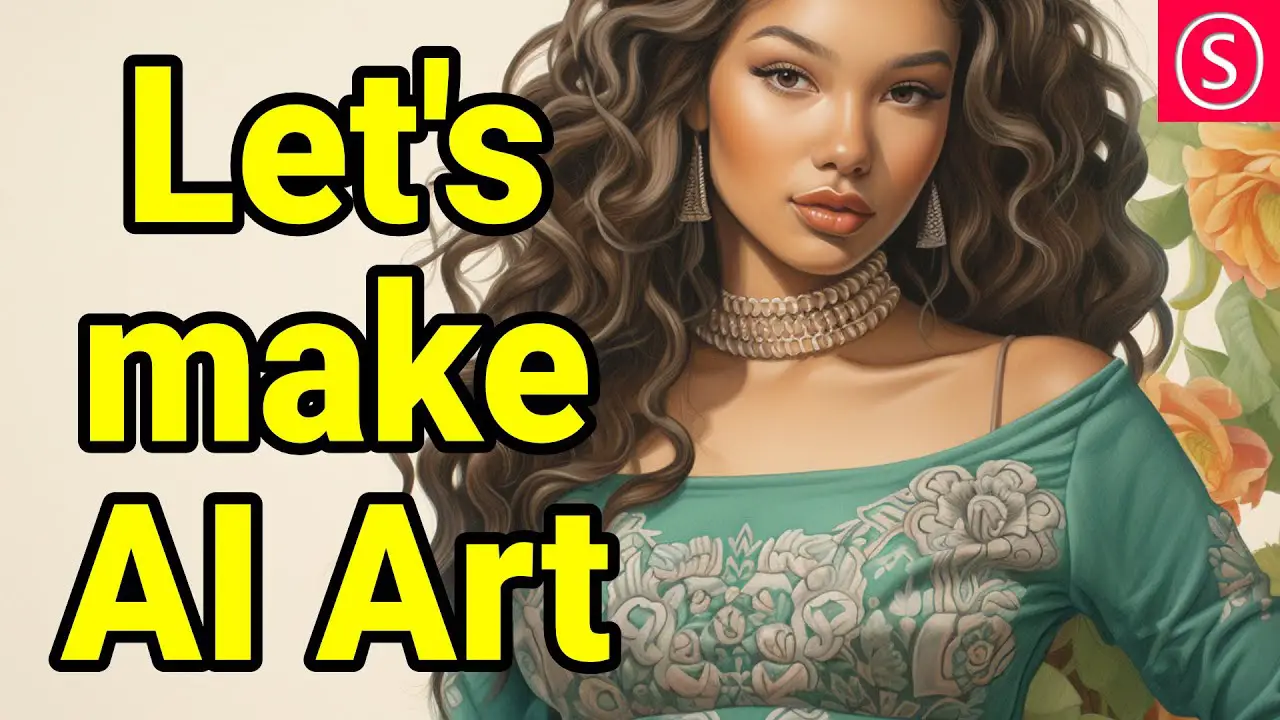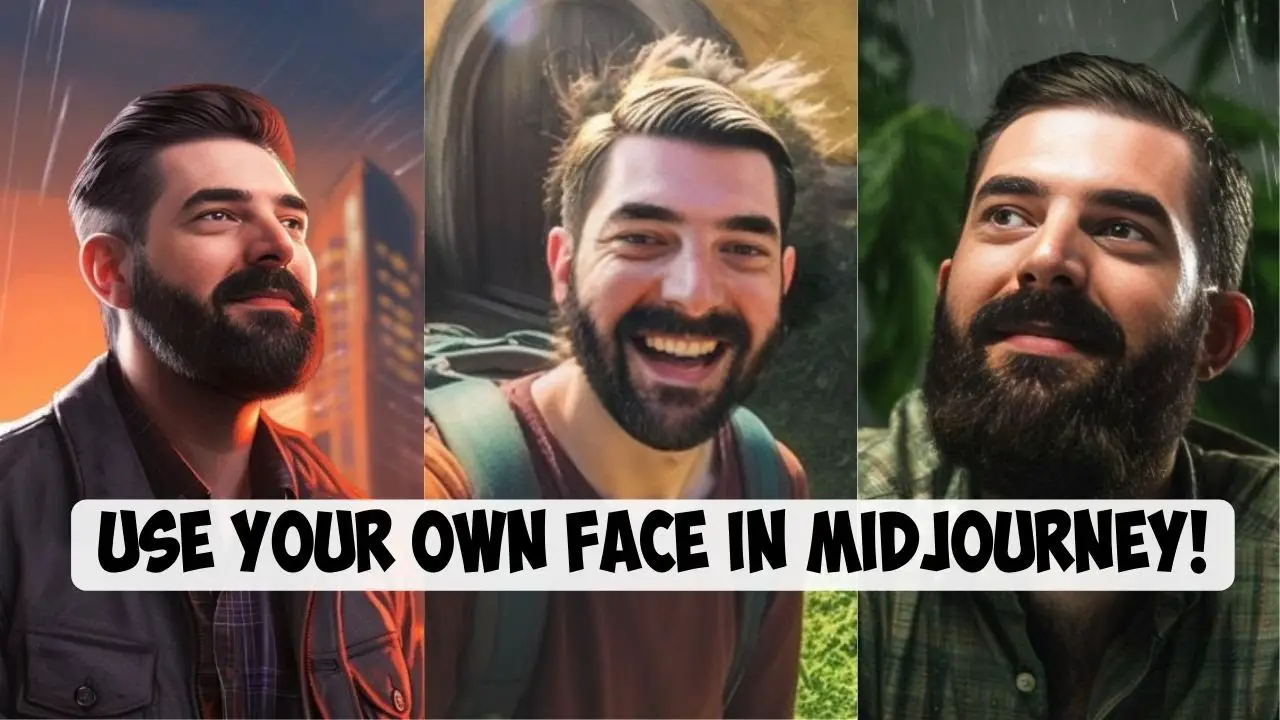Creating Effective Prompts for Beautiful Stable Diffusion Art
August 1st, 2023

Creating Effective Prompts for Beautiful Stable Diffusion Art
Crafting the Perfect Prompt for Stellar Stable Diffusion Art
Stable diffusion art is a mesmerizing confluence of creativity and technology, where automated systems generate stunning visuals based on specific prompts. But the enchanting outcomes depend heavily on the quality of these prompts. The challenge many artists face lies in crafting the perfect prompt that can guide the generation system to create art that resonates with their vision.
With an estimated 56% of businesses leveraging some form of AI in their operations, including creative processes like digital art, getting the prompt right is more important than ever. It's not just about stating what you want to see, but understanding how to communicate effectively with the algorithm behind the art generation system. By doing so, artists can unlock the true potential of stable diffusion art, creating pieces that are not only visually impressive but also deeply personal and distinctive.
Understanding stable diffusion art
Stable diffusion art, a captivating technique in the realm of digital art, has been gaining traction for its unique and mesmerizing results. By employing this method, artists leverage algorithms to create visually enticing pieces that seem to weave material and colors in a fluid-like motion.
As part of the broader field of generative art, stable diffusion art hinges on computer programming to generate or morph visuals. The foundation of this lies in the process of 'diffusion', which in scientific terms refers to the spreading of particles from areas of high concentration to low concentration. When applied to art, this concept translates to the gradual blending and spreading of colors, shapes, and textures, resulting in abstract creations that are both dynamic and harmonious.
While it might sound complex, the beauty of stable diffusion art is that it invites a symbiotic relationship between human creativity and computational prowess. Artists dictate the overall aesthetic direction, while the algorithm manages the intricate details of the diffusion process. This collaboration opens up vast possibilities for exploration and innovation in the art world, offering an exciting frontier for digital art techniques.
The power of a great prompt
A well-crafted prompt can be the fundamental cornerstone to ignite a burst of creativity, especially in the realm of art generation. Art prompts are essentially cues or guidelines that provide a starting point for artists to commence their creative journey. They serve as a beacon, illuminating a direction amidst the vast and often intimidating expanse of artistic possibilities.
Interestingly, the power of a great prompt isn't only limited to traditional art forms but is also pivotal in digital art creation, including stable diffusion art. In such cases, these prompts feed into advanced algorithms, guiding them to generate unique, appealing visuals.
Art generation prompts could be anything from a simple phrase, a specific theme, an emotion, or even a complex narrative. The key lies in their ability to stimulate imagination while providing a cohesive framework to guide the art generation process. They help artists - both human and machine - to focus their creative energies constructively, enabling them to create works of art that resonate with viewers on various levels.
The importance of a prompt cannot be overstated. It not only influences the final outcome but also shapes the creative process itself. A compelling prompt can inspire new perspectives, challenge conventional approaches, and trigger unexpected pathways of creative exploration. Therefore, understanding how to formulate effective prompts can drastically enhance your ability to generate remarkable stable diffusion art.
Components of an effective prompt
Understanding the components of an effective prompt is crucial for generating standout stable diffusion art. An impactful prompt must be clear, concise, and inspiring, it should act as a catalyst to ignite creativity and guide the artistic process.
The Clarity of a prompt is of utmost importance. It should have a specific and understandable directive so that there's no room for confusion. This doesn't mean that the prompt can't be open-ended or abstract, but the artist should have a clear idea of what they are being asked to create.
Conciseness is another key component. Prompts should be brief and to the point. Overly complicated or wordy prompts can distract from the creative process, rather than inspire it. Keep your prompts simple and impactful.
The Inspiration factor in prompts cannot be overlooked. The purpose of a prompt is to spark creativity and encourage artists to explore new ideas or techniques. Thus, effective prompts often involve elements that push boundaries or introduce unique concepts.
In terms of Prompt Structure, a well-crafted prompt generally includes a directive or action, a subject or theme, and optionally, a constraint or challenge. For example, "Create a piece of stable diffusion art inspired by the tranquility of nature under moonlight."
Remember, the aim is not to restrict the artist with the prompt, but rather to provide a starting point for their creative journey in stable diffusion art.
How to write an impactful prompt for stable diffusion art
Writing prompts are critical tools in the creation of stable diffusion art, serving as the guiding force that shapes the resulting piece. They can make all the difference between an average artwork and a truly impactful one.
Creating impactful prompts requires understanding the elements that contribute to the intrigue and appeal of the artwork. A good prompt should be clear, concise, and evoke powerful imagery. Keep it specific yet open-ended enough to allow for creativity. For example, instead of 'a forest', you could use 'an enchanted forest under a twilight sky'. This gives a clear direction while leaving room for the artist to infuse their unique interpretation into the artwork.
Here are some tips to assist you in crafting your own compelling prompts:
Visualize: Picture the final image you want to create. Consider the colors, shapes, mood and overall aesthetic.
Details matter: Use descriptive language. The more detailed your prompt, the more nuanced your stable diffusion art will be.
Encourage exploration: Make the prompt stimulating by introducing challenge or complexity. This will push the boundaries of creativity and result in captivating art pieces.
Keep it adaptable: The prompt should be flexible enough to accommodate different interpretations and artistic styles.
To give you an idea of what impactful prompts look like, here are a few examples:
- 'A tranquil morning in a bustling city, where nature and urban life merge.'
- 'A whimsical carnival at dusk, filled with vibrant colors and joyful laughter.'
- 'An atmospheric landscape depicting the clash of seasons, where winter meets spring.'
Remember, the power of your stable diffusion art lies within the prompt. Take time to craft it well, and watch as it transforms into stunning artwork.
Using your prompts to generate stunning stable diffusion art
Once you've mastered the art of crafting effective prompts, it's time to put them to use. The process of generating art using prompts is relatively straightforward but requires a keen eye for detail and a good understanding of your tools.
Stable diffusion art generation begins with the prompt. A thoughtfully crafted prompt can guide the artificial intelligence (AI) in the right direction, setting the tone and theme for the artwork. These prompts are not mere suggestions but serve as a roadmap for the AI, guiding its 'brush strokes.'
Learning how to use prompts effectively in stable diffusion art creation is an art in itself. It’s about striking a balance between being too vague and overly specific. A good prompt allows enough room for the AI to interpret while also providing clear guidance on what the final outcome should be.
When it comes to stable diffusion art examples, they are diverse and abundant. From swirling shapes that resemble galaxies to abstract patterns that mimic natural phenomena - the possibilities are endless. The beauty of this form of digital art lies in its unpredictability. Even with the same prompt, the AI can generate multiple unique pieces, each varying subtly in color, pattern, and texture.
The art creation process, guided by prompts, is iterative. You enter a prompt, generate an artwork, review the results, tweak the prompt if necessary, and repeat the process until you get the desired result. It’s a dialogue between the human artist and the AI tool, each learning from and influencing the other.
Remember, creating stunning stable diffusion art requires patience and plenty of trial and error. However, armed with a well-crafted prompt, the journey becomes as enjoyable as the destination.
Mastering the art of creating effective prompts for stable diffusion art can be a game-changer. It's about understanding this unique art form, recognizing the power of a well-crafted prompt, and knowing how to structure one for maximum impact. By applying the tips and strategies outlined in this tutorial, you'll find yourself generating stunning pieces of stable diffusion art that are not only visually appealing but carry your unique imprint as an artist. Remember, great art starts with a single idea, and a powerful prompt is often the spark that ignites that creative flame. Embrace the process and watch as your stable diffusion art evolves into something truly extraordinary.
Other articles
August 18th, 2023
SDXL ControlNET – Easy Install Guide / Stable Diffusion ComfyUI
s and Nodes. This Method … read more...
October 12th, 2023
Ultimate Guide to Using GPT for Blog Drafting
nd optimization strategies for best results. read more...
October 13th, 2023
Leveraging Generative AI in Everyday Life and Work
ional operations, while maintaining ethical standards. read more...




